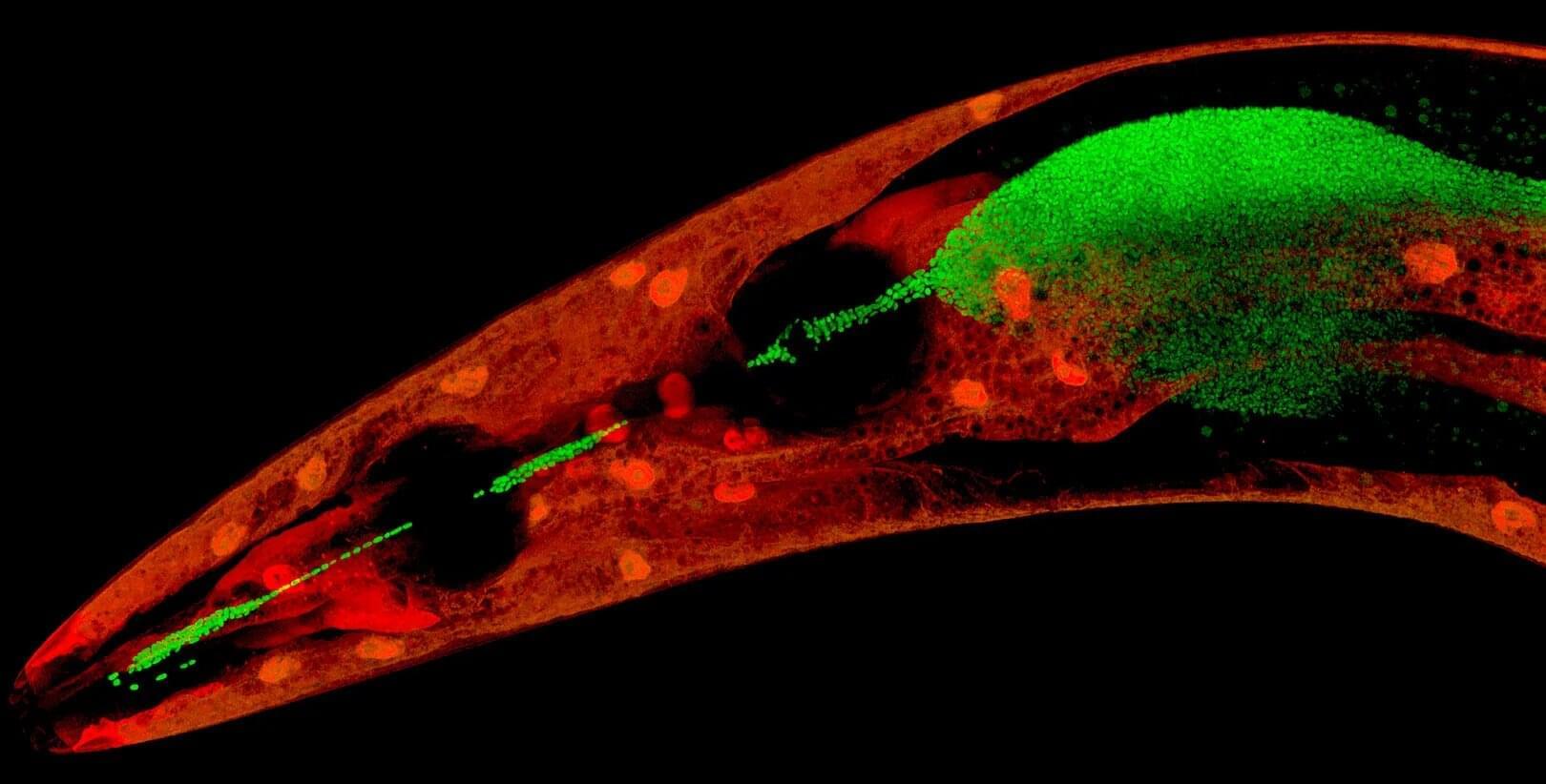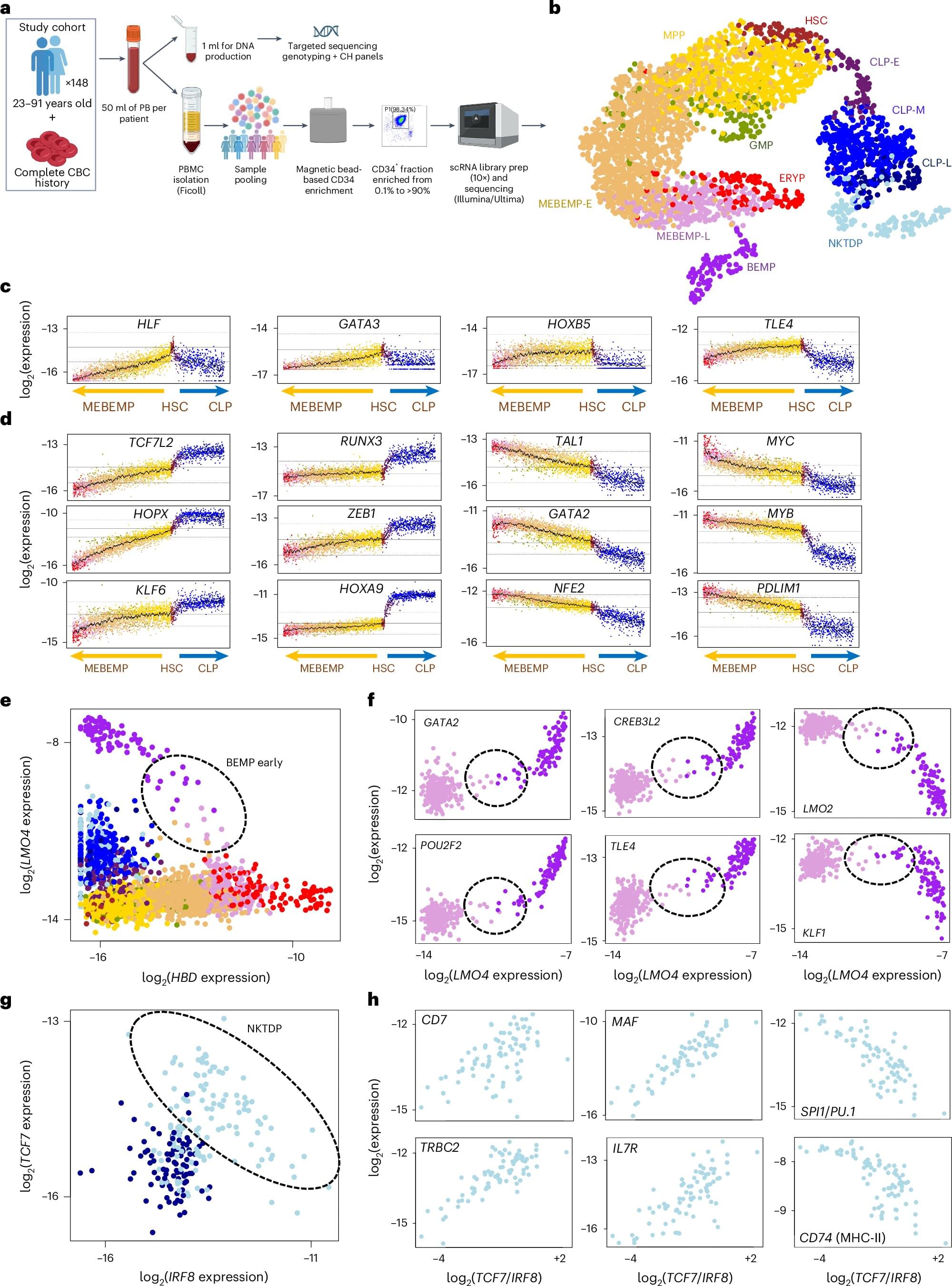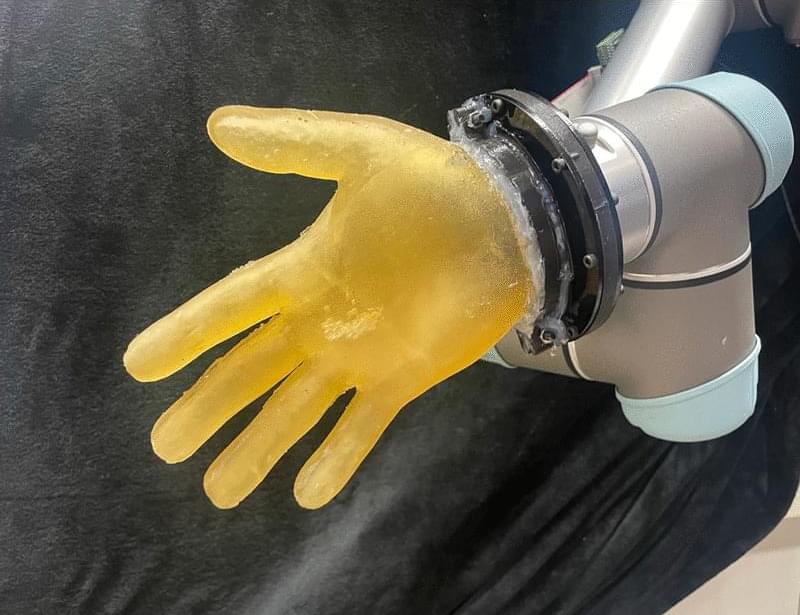Though the last volcanic eruption in Puy-de-Dôme dates back to ancient times, there could be new occurrences in the future within the Central Massif. It is indeed true that a layer of lava lies beneath the region and is expected to eventually resurface.
In France, Puy de Dôme is not only known as a department but primarily as a volcano approximately 11,000 years old, with its last eruption occurring in 5,760 BC. Since then, no lava has flowed within France. However, this might not be a permanent situation, according to Guillaume Boudoire, a volcanologist at the Laboratory of Magmas and Volcanoes at Clermont Auvergne University. Interviewed by the Journal Du Net in an article published in April 2025, Boudoire spoke about a very likely “volcanic reactivation” in the Central Massif.
While the expert is certain of this reactivation, it’s crucial to note that forecasting future eruptions is extremely challenging. However, volcanic activity tends to follow cycles, alternating between active and dormant phases. The activity in the Central Massif is not extinguished but merely slumbering, having been dormant for 7,000 years.








